Top Things to Know Before Buying a Vegetable Garden: A Guide for Budding Green Thumbs
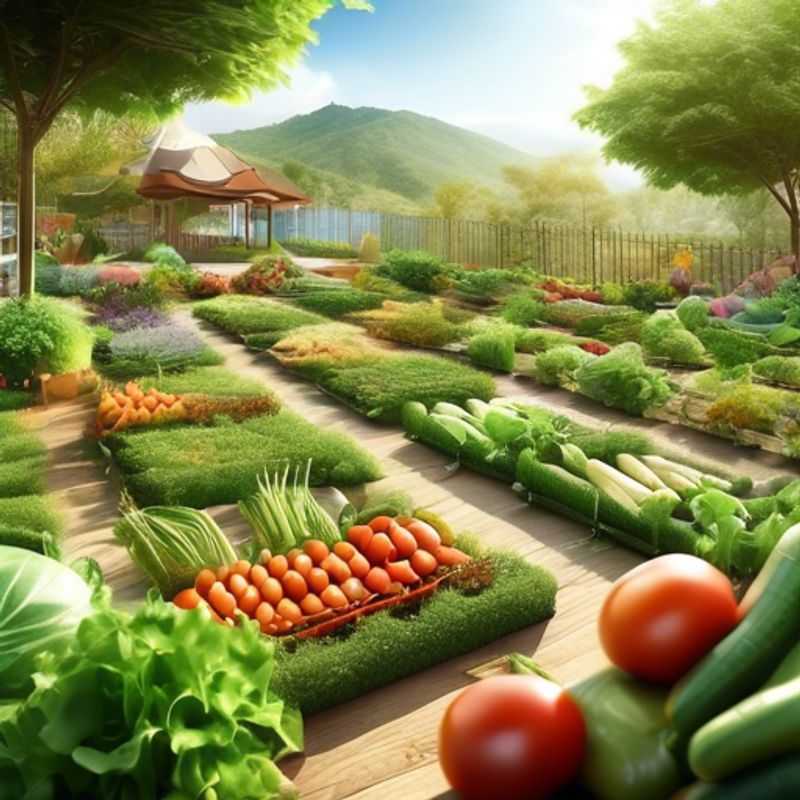
Top Things to Know Before Buying a Vegetable Garden: Planning for Success
Starting a vegetable garden is a rewarding experience, bringing fresh, delicious produce to your table.
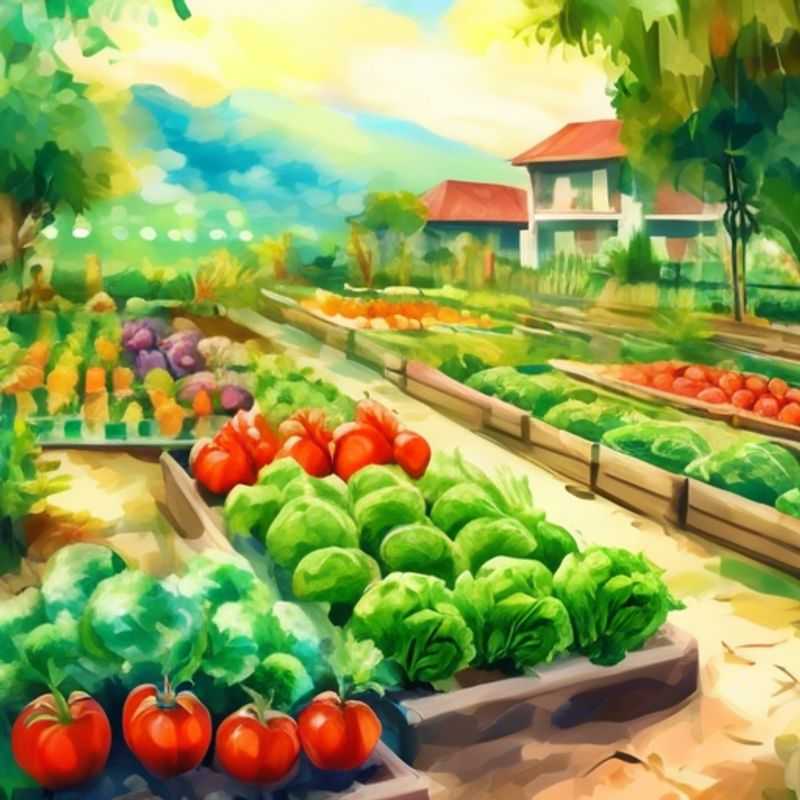
Planting by the Calendar: When to Sow Your Vegetables for Success
Knowing the best time to plant different vegetables is key to a successful garden. This depends heavily on your region's climate and the length of your growing season.
Cool-season vegetables like lettuce, spinach, peas, and broccoli thrive in cooler temperatures. They can be planted early in the spring or in the fall when temperatures are mild. These plants can withstand frost and often prefer it.
Warm-season vegetables like tomatoes, peppers, squash, and beans prefer hot temperatures and long days. They are best planted after the last frost has passed, typically in late spring or early summer.
A good rule of thumb is to consult your local gardening extension service or a reputable online resource for specific planting dates in your area. You can also refer to seed packets for recommended planting times.
Remember, planting at the right time will give your vegetables the best chance to grow and produce.
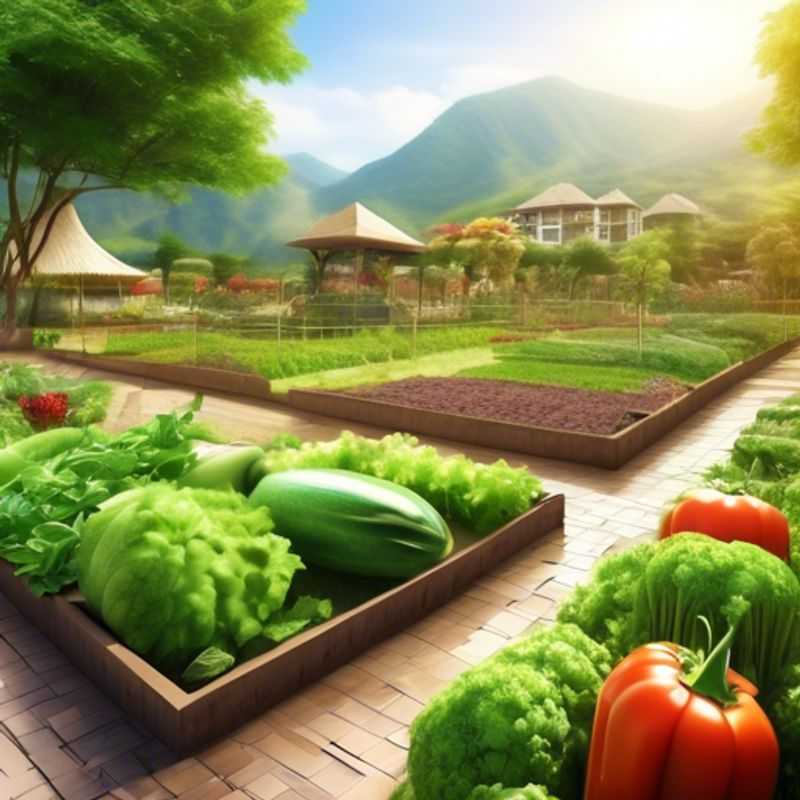
Get Your Garden Growing: Understanding Soil Needs for Your Vegetables
Before you even think about planting your vegetables, you need to know their soil requirements and ideal growing conditions. This might sound like a lot of work, but it's essential for a successful harvest! Understanding your plants' needs is the key to a bountiful garden.
First things first: **research the soil requirements** for your chosen vegetables. Different veggies need different soil pH levels and textures. Some like it acidic, while others prefer alkaline. You'll need to find out which one is best for each vegetable you want to grow.
Next, consider the **optimal growing conditions** for each vegetable. Some love the heat, others thrive in the cooler months. Make sure you know how much sun and shade each plant needs.
To find this information, there are many resources available. Websites like the University of California Master Gardener Program or National Gardening Association offer valuable information on soil requirements and optimal growing conditions for various vegetables. Local garden centers or extension offices are also great resources.
Once you've researched the soil requirements and growing conditions, you can start preparing your garden beds. Ensure the soil is well-drained and rich in nutrients. You might need to add amendments like compost or fertilizer to meet the specific needs of your vegetables.
By understanding the soil requirements and ideal growing conditions for your vegetables, you'll give them the best chance of thriving. This careful planning will lead to healthier plants, bigger yields, and a more rewarding gardening experience.
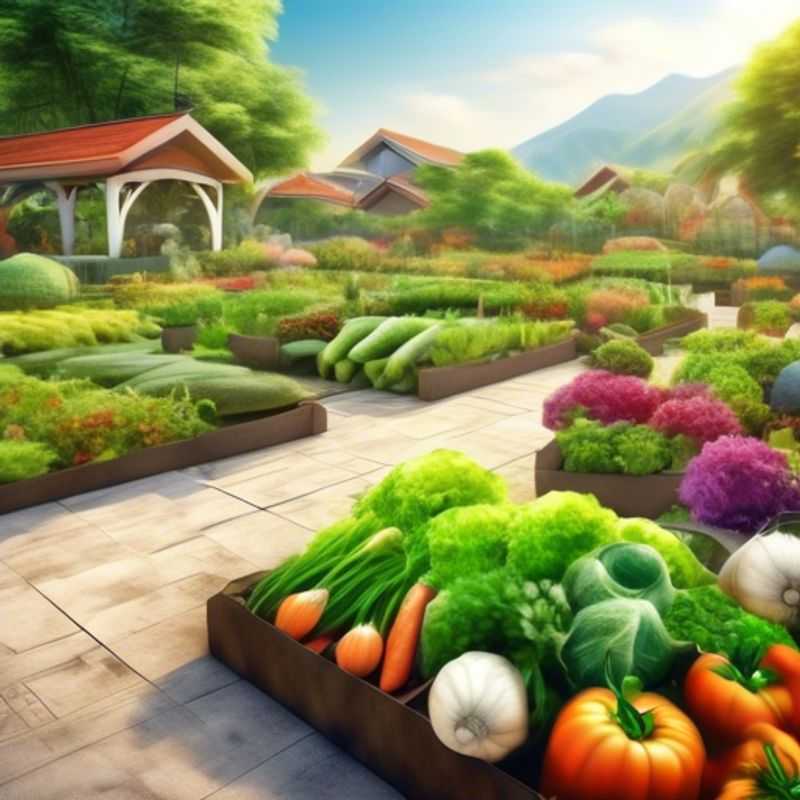
Maximize Your Garden Space: Planning the Perfect Layout
Creating a garden layout that maximizes space and ensures proper spacing between plants is crucial for healthy plant growth and a visually appealing garden. Here's a summary guide:
**1. Assess Your Space:** Measure the area you have available and consider its shape, orientation, and any existing features like fences or walkways.
**2. Determine Your Needs:** Think about the types of plants you want to grow (vegetables, flowers, herbs) and their mature sizes. This will help you determine the spacing needed between plants.
**3. Choose a Layout:** Consider using a grid system for a structured look, or a more free-flowing design for a natural feel. A combination of both is also possible. Utilize a garden design app or software to visualize your ideas and create a plan.
**4. Ensure Proper Spacing:** Refer to plant labels or online resources to determine the ideal spacing for each type of plant. This ensures sufficient sunlight, air circulation, and nutrient uptake for optimal growth.
**5. Include Walkways and Paths:** Create paths that allow easy access to all areas of your garden and facilitate maintenance. Use materials like gravel, pavers, or stepping stones for a durable and attractive surface.
**6. Don't Forget the Sun:** Understand the sun's path throughout the day and allocate space for sun-loving and shade-tolerant plants accordingly. This is essential for maximizing plant growth and reducing water needs.
**7. Consider Adding Features:** Incorporate garden features like trellises, raised beds, and water features to enhance visual appeal, create more planting space, or attract wildlife.
Remember, a well-designed garden layout ensures healthy plant growth, maximizes space, and provides a beautiful outdoor living space.
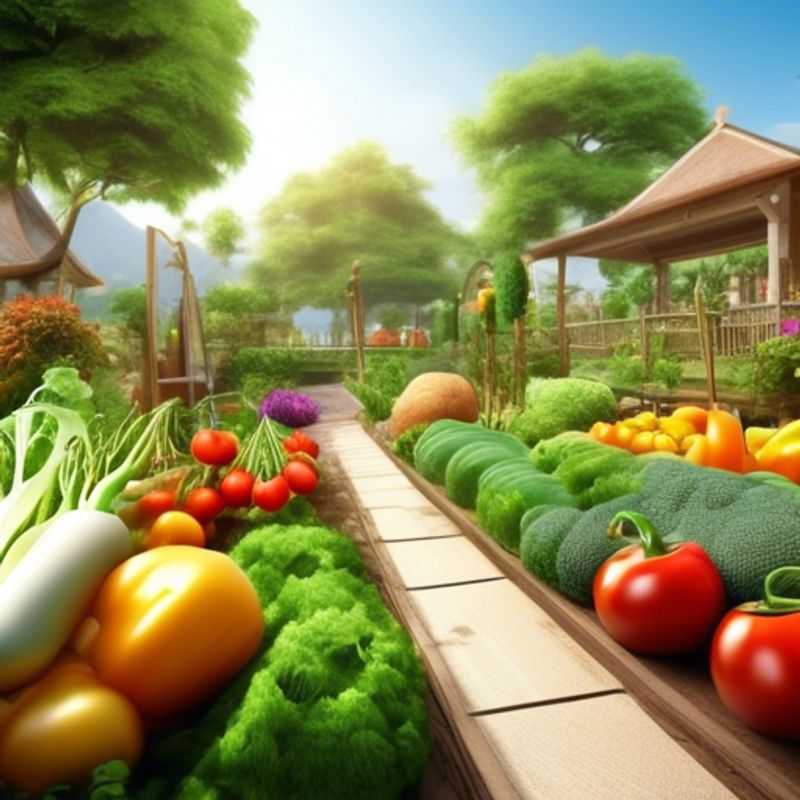
Grow More, Worry Less: Choosing Disease-Resistant and High-Yielding Vegetable Varieties
Choosing the right vegetable varieties can make a huge difference in your gardening success. Selecting disease-resistant and high-yielding varieties specifically suited to your local climate is crucial for a bountiful harvest. Think of it as giving your plants a head start!
Here’s how to choose the best varieties:
1. Know your climate:This is the starting point. Consider your average temperatures, frost dates, and rainfall patterns. This will help you narrow down your choices to varieties that will thrive in your specific conditions.
2. Look for disease-resistant varieties:Disease-resistant varieties are less likely to succumb to common pests and diseases. Check seed packets or plant labels for labels like "disease resistant" or "resistant to X disease."
3. Consider yield:High-yielding varieties will give you more vegetables per plant. Look for descriptions that indicate high yield or "heavy producer."
4. Research local seed sources:Local seed suppliers often carry varieties that are specifically adapted to your region. This can be a great way to find options that have been proven to do well in your area.
5. Don't be afraid to experiment:Try out different varieties! This is the best way to learn what grows best in your garden. Keep track of your results so you can make informed choices next year.
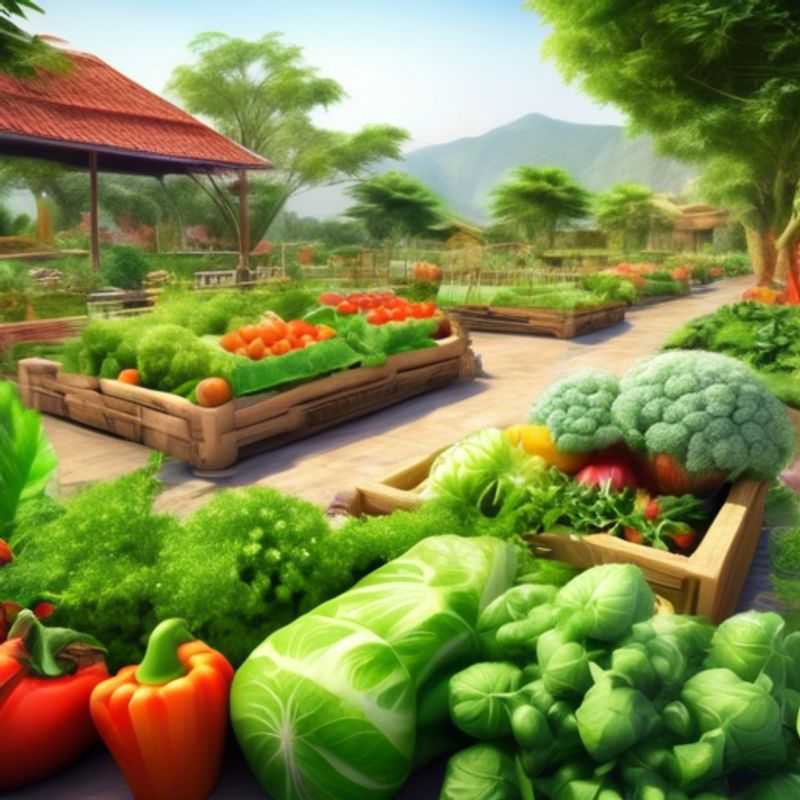
Invest in Quality Gardening Tools: A Smart Choice for Effortless Green Thumbs
Investing in quality gardening tools and equipment can significantly enhance your gardening experience, making it easier and more enjoyable. High-quality tools last longer, perform better, and often require less maintenance.
Here's why investing in quality gardening tools is crucial:
Durability and Longevity: High-quality tools are made from robust materials like steel, aluminum, and durable plastics, built to withstand wear and tear. They won't break or rust easily, lasting for years.
Enhanced Performance: Well-designed tools make gardening tasks effortless. Sharp blades on shears and pruners ensure clean cuts, reducing stress on plants. Ergonomic handles minimize fatigue and strain on your hands and wrists.
Safety: High-quality tools are safer to use. Sharp blades, for instance, reduce the risk of slips and accidents. Sturdy construction provides a secure grip, minimizing the chances of tools breaking or slipping during use.
Reduced Costs: While quality tools may have a higher upfront cost, they will save you money in the long run by needing fewer replacements. You won't have to constantly invest in cheap tools that break quickly.
When planning your budget for gardening tools, consider the following:
Essential Tools: A basic set of tools should include a trowel, hand rake, hand cultivator, pruning shears, gardening gloves, and a watering can.
Specialized Tools: As your gardening needs evolve, you might want to invest in specialized tools like lawnmowers, weed trimmers, hedge trimmers, or power tools.
Quality vs. Quantity: Focus on investing in high-quality tools rather than buying a large quantity of cheaper, inferior tools. Quality over quantity will save you money in the long run.
Remember, investing in quality tools is an investment in your gardening enjoyment and success. It's like choosing the right equipment for any other hobby - the better the tools, the better the results and the more fun you'll have.
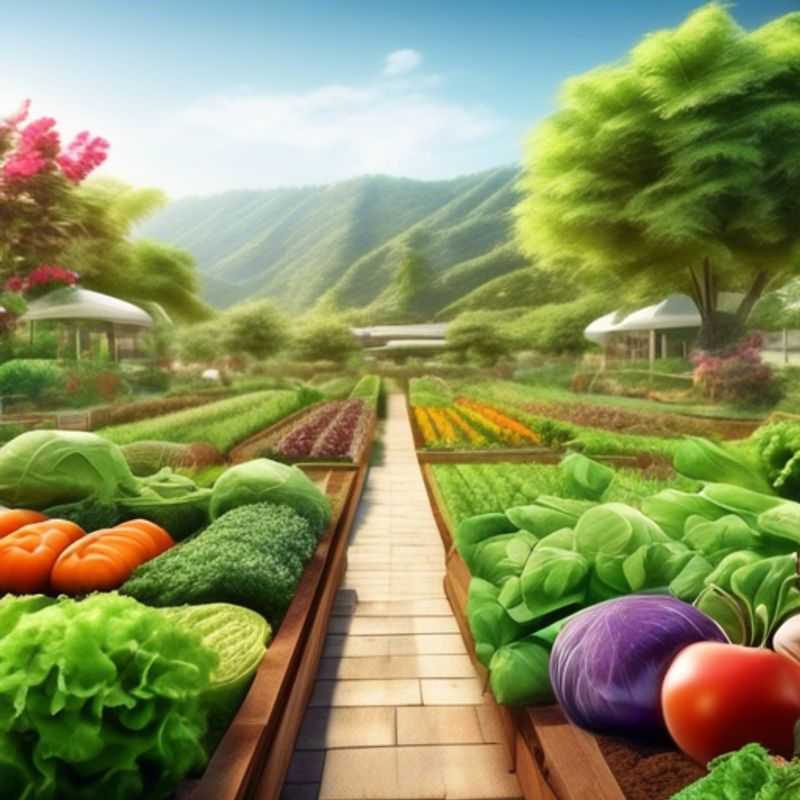
Protect Your Veggies: Implementing Organic Pest Control Methods
Protecting your vegetables from pests and diseases is crucial for a successful garden. Organic pest control methods are eco-friendly and safe for both you and your plants. Here's a summary of key strategies:
Healthy Soil: A healthy soil is the foundation for healthy plants. Use compost and organic matter to improve soil structure, nutrient content, and microbial activity. This strengthens your plants' natural defenses.
Crop Rotation: Rotating crops yearly disrupts pest and disease cycles. Avoid planting the same vegetable family (e.g., tomatoes, peppers) in the same spot consecutively. This prevents buildup of specific pests or diseases.
Companion Planting: Some plants naturally deter pests. Marigolds are known for repelling nematodes, while basil helps control aphids. Research which companion plants work best for your specific vegetables.
Physical Barriers: Nets or row covers can prevent flying insects from reaching your plants. These are particularly effective for crops like broccoli and cabbage.
Handpicking: For small infestations, handpicking pests and their eggs can be effective. This is best done early in the morning or evening when pests are less active.
Beneficial Insects: Attract beneficial insects like ladybugs and lacewings to your garden. These insects naturally prey on many garden pests. Plant flowering plants that attract them.
Homemade Sprays: Create natural sprays using ingredients like garlic, chili peppers, or neem oil. These can deter pests without harming beneficial insects.
Monitoring and Early Intervention: Regular garden inspections can help you detect pest problems early. This allows you to take action before the infestation becomes severe.
Remember, organic pest control requires patience and persistence. By implementing these methods consistently, you can cultivate a thriving garden that's both productive and environmentally friendly.
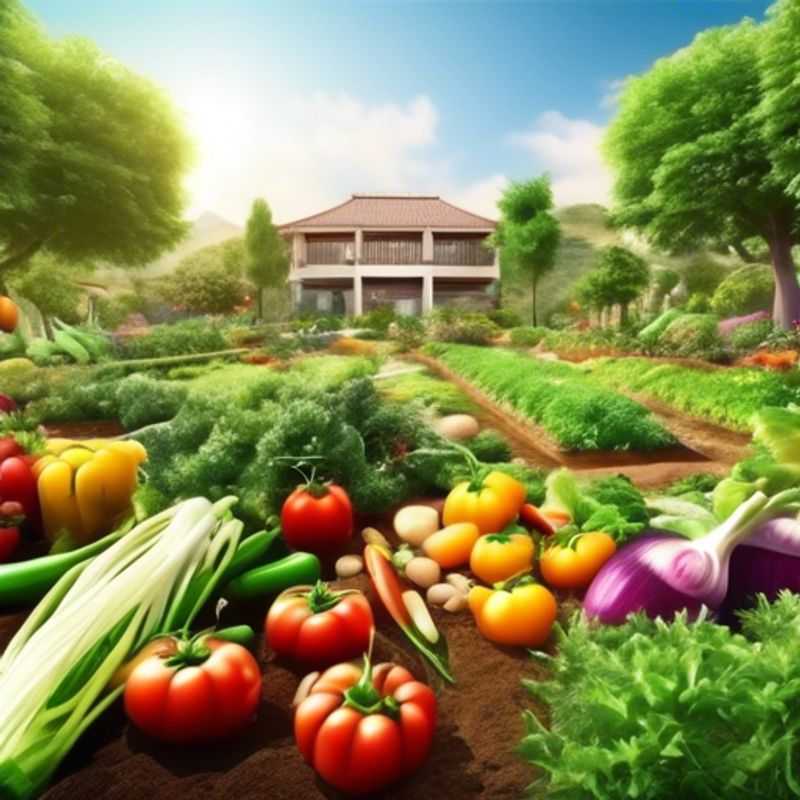
Keep Your Veggie Garden Thriving: Watering, Fertilizing, and Maintenance Tips
A thriving vegetable garden requires consistent attention to watering, fertilizing, and maintenance. Regular watering is crucial for healthy growth, but the frequency depends on factors like climate and soil type. Ensure the soil is consistently moist but not soggy, as overwatering can lead to root rot. Fertilizers provide essential nutrients for plant growth. Choose fertilizers specifically designed for vegetables and follow the instructions carefully, as excess fertilizer can harm your plants. Weeding regularly prevents competition for nutrients and sunlight, while pest control protects your vegetables from damage. Regularly inspect your plants for pests and diseases and address them promptly to minimize damage. Pruning and harvesting practices help maintain the health and productivity of your garden. Remove dead leaves and stems to promote air circulation and prevent disease, and harvest vegetables at the peak of ripeness. These essential practices, if followed diligently, will help ensure a bountiful and healthy vegetable garden.
